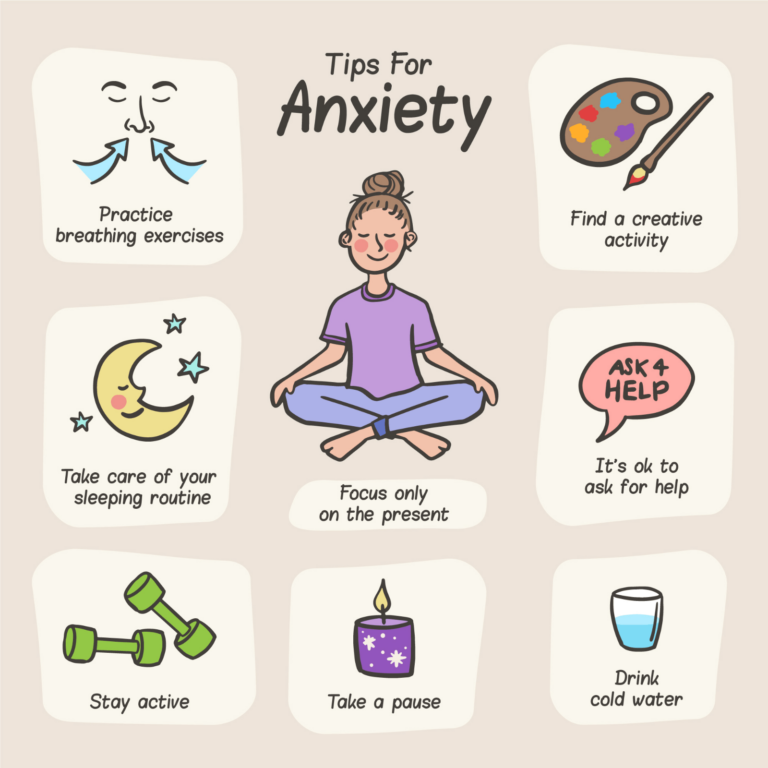Simple Yoga Routines for Better Health: A Path to Physical and Mental Well-being
Yoga is an ancient practice that offers a wide range of physical, mental, and emotional benefits. With its ability to improve flexibility, strength, and mindfulness, yoga has become an accessible form of exercise for people of all ages and fitness levels. For those looking to boost their health without committing to intense workouts, simple yoga routines provide a great way to incorporate movement into daily life. Whether you’re new to yoga or seeking a gentle routine to enhance your well-being, these simple yoga practices can help you feel more balanced, energized, and centered. This article explores easy-to-follow yoga routines that can support better health and help you unlock the numerous benefits of yoga.
Starting Your Day Right: A Morning Yoga Routine to Energize You
Starting your day with a short yoga routine can set a positive tone for the rest of your day. A gentle flow in the morning helps stretch and awaken your muscles, boost circulation, and promote mental clarity. Simple poses like Downward-Facing Dog, Cat-Cow Stretch, and Sun Salutations are perfect for energizing the body and mind. These poses help relieve any stiffness from sleep, encourage deep breathing, and prepare you for a productive day ahead. A quick 10-15-minute morning yoga session can enhance flexibility, reduce stress, and improve focus, setting you up for a better day.
Relieving Stress and Tension: Yoga for Relaxation
Stress is an inevitable part of modern life, but incorporating yoga into your routine can help manage it effectively. Certain yoga poses, such as Child’s Pose, Seated Forward Fold, and Legs Up the Wall, are known for their calming effects on the nervous system. These simple, restorative poses encourage deep breathing and mindfulness, which activate the parasympathetic nervous system and promote relaxation. Regularly practicing these poses, even for just 10-20 minutes, can significantly reduce stress, lower cortisol levels, and leave you feeling more relaxed and grounded. This routine is ideal for winding down after a busy day or simply taking a break to recharge.
Building Strength and Flexibility: A Full-Body Yoga Routine
One of the main benefits of yoga is its ability to improve strength and flexibility. A full-body yoga routine that includes poses like Warrior I, Plank, Tree Pose, and Bridge Pose can help build muscle strength, enhance flexibility, and improve balance. These simple yoga poses target multiple muscle groups, helping to tone the body and increase range of motion. A well-rounded routine that incorporates standing poses, balance poses, and stretches can be done in as little as 20-30 minutes and provides a great low-impact workout for the entire body. Consistent practice can improve posture, prevent injuries, and enhance overall physical performance.
Yoga for Better Sleep: Gentle Poses to Promote Rest
If you struggle with insomnia or poor sleep quality, incorporating yoga into your nighttime routine can significantly improve your rest. Certain gentle poses, such as Supta Baddha Konasana (Reclining Bound Angle Pose) and Viparita Karani (Legs Up the Wall), help calm the mind and prepare the body for sleep. These poses encourage relaxation, improve blood flow, and promote a sense of tranquility. Additionally, focusing on slow, deep breathing while in these poses can help reduce anxiety and prepare your body for a peaceful night’s sleep. A 15-minute evening yoga practice can be a simple yet effective way to improve sleep quality and make bedtime more restful.
Enhancing Mindfulness: Incorporating Meditation into Your Yoga Routine
Yoga is not just about physical postures; it’s also about cultivating mindfulness and presence. Adding a short meditation session to your yoga routine can deepen your practice and enhance its benefits. Start with seated meditation or a body-scan technique after your yoga session to focus on your breath and bring awareness to the present moment. Simple mindfulness practices such as noticing the sensations in your body, observing your thoughts, or focusing on your breath can increase mental clarity, reduce stress, and improve emotional well-being. Meditation complements yoga by promoting a peaceful mind and helping you develop a more mindful approach to life.
FAQs
Q1: Do I need to be flexible to start practicing yoga?
No, you do not need to be flexible to start yoga. Yoga is for all levels, and over time, it will naturally improve your flexibility and strength. Start with simple poses and gradually work towards more advanced stretches.
Q2: How long should a yoga session be to see health benefits?
Even short yoga sessions of 10-20 minutes can have significant benefits, especially when practiced regularly. Aim for at least 2-3 sessions per week to experience improvements in flexibility, strength, and stress relief.
Q3: Can yoga help with weight loss?
Yoga can support weight loss by improving muscle tone, increasing metabolism, and reducing stress. While it may not burn as many calories as intense cardio, regular yoga practice can be part of a well-rounded approach to healthy weight management.
Q4: What is the best time of day to practice yoga?
The best time to practice yoga is whenever it fits into your schedule. Morning yoga can energize you for the day ahead, while evening yoga can help you unwind and prepare for rest. Find a routine that works for your lifestyle.
Q5: Can yoga improve my mental health?
Yes, yoga has been shown to reduce symptoms of anxiety, depression, and stress. Mindfulness, deep breathing, and physical movement all contribute to better mental health by calming the nervous system and improving emotional well-being.

